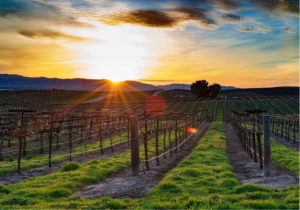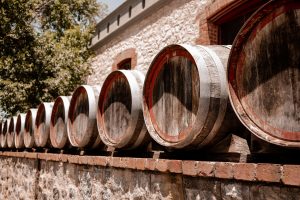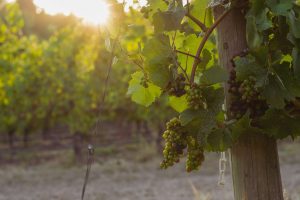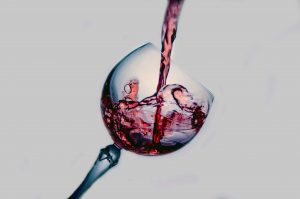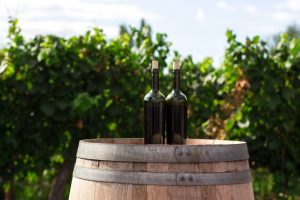Natural Wine: What Is It?
Natural wine isn’t a new concept. In fact, it has been around for thousands of years. It is only recently that this phenomenon has become trendy and passionately followed by many restaurateurs and wine aficionados. This movement is thought to have begun in rural France where a community of winemakers chose to farm organically. In the last few years, producers of natural wines have become more visible in other parts of the world and this movement has gone from a niche interest to a burgeoning trend. But what exactly is natural wine and how does it differ from other wine classifications such as organic or biodynamic? What Is Natural Wine? Natural wine essentially is the process of making wine with as little or no manipulation at all. In its purest form, it is made solely from unaltered fermented grape juice and nothing more. To truly understand the difference between how this type of “low-intervention” wine is produced and other more conventional techniques, we are going to revisit the basic winemaking process. Natural or raw wine, as it is also referred to, differs in the growing, picking and fermenting stages of winemaking. For a wine to be considered natural, the grapes must not have any treatment using pesticides or herbicides. Additionally, natural winemakers will harvest their grapes by hand rather than relying on machinery. Unlike conventional winemakers, when it comes to fermentation, natural wine receives no additives at all. To start the fermentation process, natural winemakers rely on the ambient yeast already present on the grapes and in the winery. Some winemakers will use small amounts of sulfites, preservatives and stabilizers in order to protect the wine’s profile during bottling. Otherwise, man-made intervention is kept to a minimum. Being unfiltered, natural wine often displays a cloudy appearance and is considered a living organism – full of naturally occurring microbes. Natural, Biodynamic vs Organic Wine – What Is The Difference? Sustainable and eco-friendly approaches to grape growing and winemaking have led to new terms to describe wine production. Yet, how does a natural wine differ from organic or biodynamic wine? Organic Wine The criteria for organic certification varies from country to country. Generally, it refers to any wine that has been grown using organic practices. Organic grapes are cultivated in vineyards that ban the use of artificial inputs such as synthetic fertilizers, herbicides and pesticides. Organic sprays can be used. Organic production also demands that winemakers protect and maintain certain standards in the winery. Depending on where the wine is made, organic production may or may not allow the addition of sulfites. For example, the US does not allow the addition of sulfites, whereas Canada and Europe do. Regardless, the amount of sulfites in an organic wine are generally lower than in most non-organic wines. Biodynamic Wine Similar to organic wine, biodynamic winemakers follow and adhere to all organic criteria while putting in extra measures to protect the ecological integrity of the vineyard and soil. Many conventional vineyards are monocultures in which …


